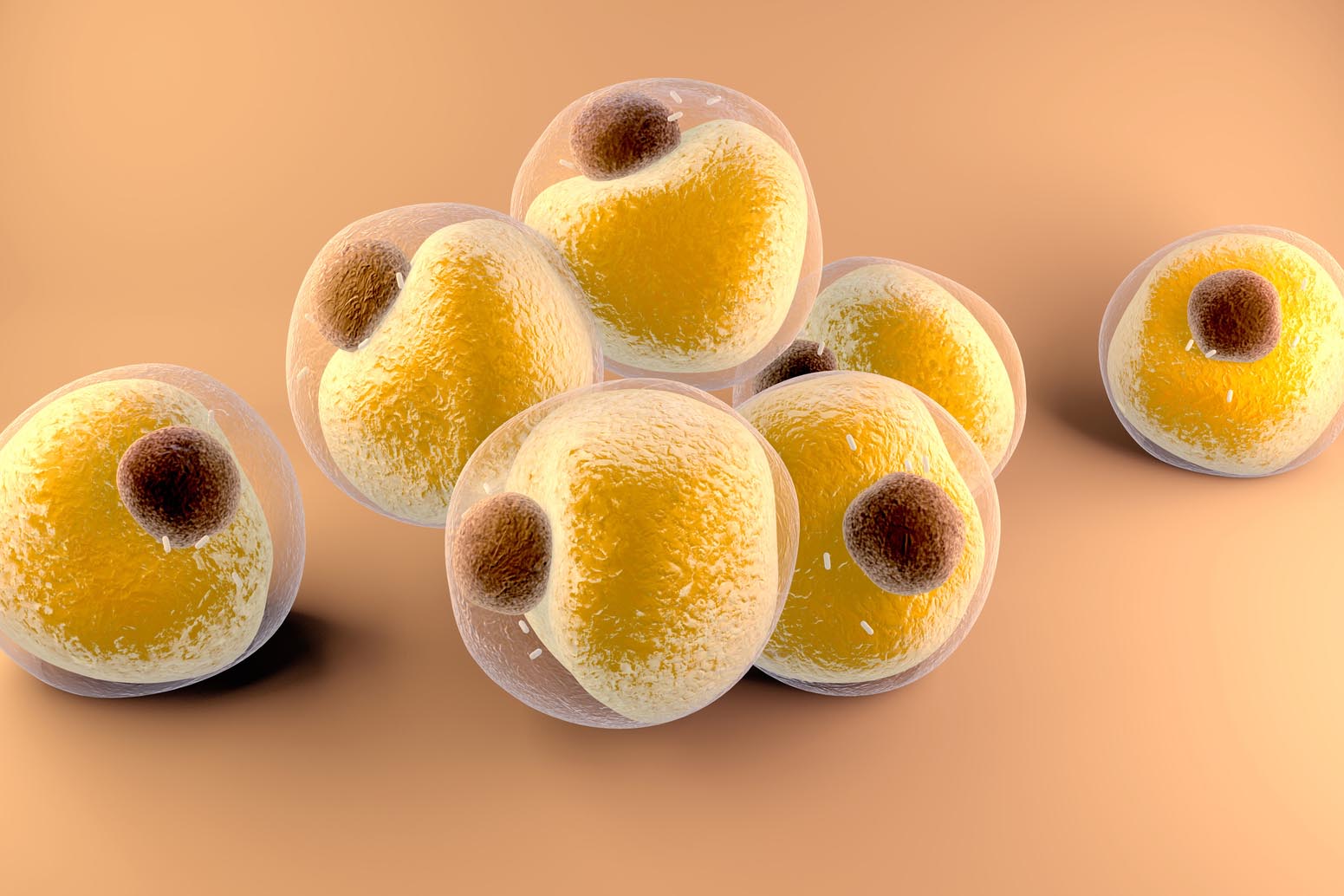• Fat regulators
• Bacterial metabolites
• Fighting obesity
What is already known on this topic
Gut microbes play an important role in regulating fat and insulin sensitivity. But the mechanisms through which the intestinal microbiota interacts with fat cells are still unknown.What this research adds
Researchers found that gut microbes produce molecules that influence the expression of a family of microRNAs called miR-181 in fat cells. In mice, high levels of these microRNAs drove obesity, insulin resistance, and fat tissue inflammation.Conclusions
The study sheds light on how microRNAs influence fat tissue, which suggests that targeting these microRNAs may reduce obesity in people.
The bacteria dwelling in our gut could regulate fat tissue by triggering the production of molecules that drive insulin resistance and fat tissue inflammation. That’s the conclusion of a study, published in Science Translational Medicine, that supports the idea that the intestinal microbiota plays a key role in obesity.
Gut bacteria are known to be important for regulating fat and insulin sensitivity, but the mechanisms through which these microbes interact with fat cells are unclear.
So a team of researchers led by Anthony Virtue and Sam McCright at the University of Pennsylvania looked at byproducts of microbial metabolism, known as metabolites, and how disturbances in the abundance of those metabolites contributed to obesity in mice and people.
Fat regulators
The researchers found that a family of microRNAs called miR-181 is expressed at high levels in the fat tissue of both obese mice and people. When mice were fed a high-fat diet, the miR-181 family promoted the progression of diet-induced obesity and fat mass gain.
In addition to modulating weight and fat gain, miR-181 also triggered the development of insulin resistance and inflammation of fat tissue, which is typically associated with obesity.
Bacterial metabolites
When the researchers looked at bacterial metabolites such as indole, they discovered that they are able to influence the expression of miR-181 in fat cells.
Under lean conditions, the circulating metabolites controlled energy expenditure and fat storage by inhibiting the activity of miR-181. But in mice fed a high-fat diet, the levels of circulating indole decreased, resulting in an abnormally high activity of miR-181, which in turn drove obesity, insulin resistance, and fat tissue inflammation.
Fighting obesity
When the team restored the levels of circulating indole molecules, the expression of miR-181 in fat tissue decreased, reducing the severity of obesity in mice.
To validate the findings in people, the researchers analyzed the changes in indole or indole-derived metabolites in nearly 40 children, 19 of whom were obese. All obese children had lower levels of indole in their blood than healthy kids, suggesting that this microbial metabolite plays a key role in obesity also in people.
The study shows how changes in the abundance of microbial metabolites, for example during gut microbiota dysbiosis, could trigger the development of obesity and associated disorders such as insulin resistance.
Because miR-181 expression in fat tissue and the abundance of indole and indole-derived metabolites were dysregulated also in obese children, the findings may have clinical implications, as they suggest that targeting these microRNAs may reduce obesity in people, the scientists say.











